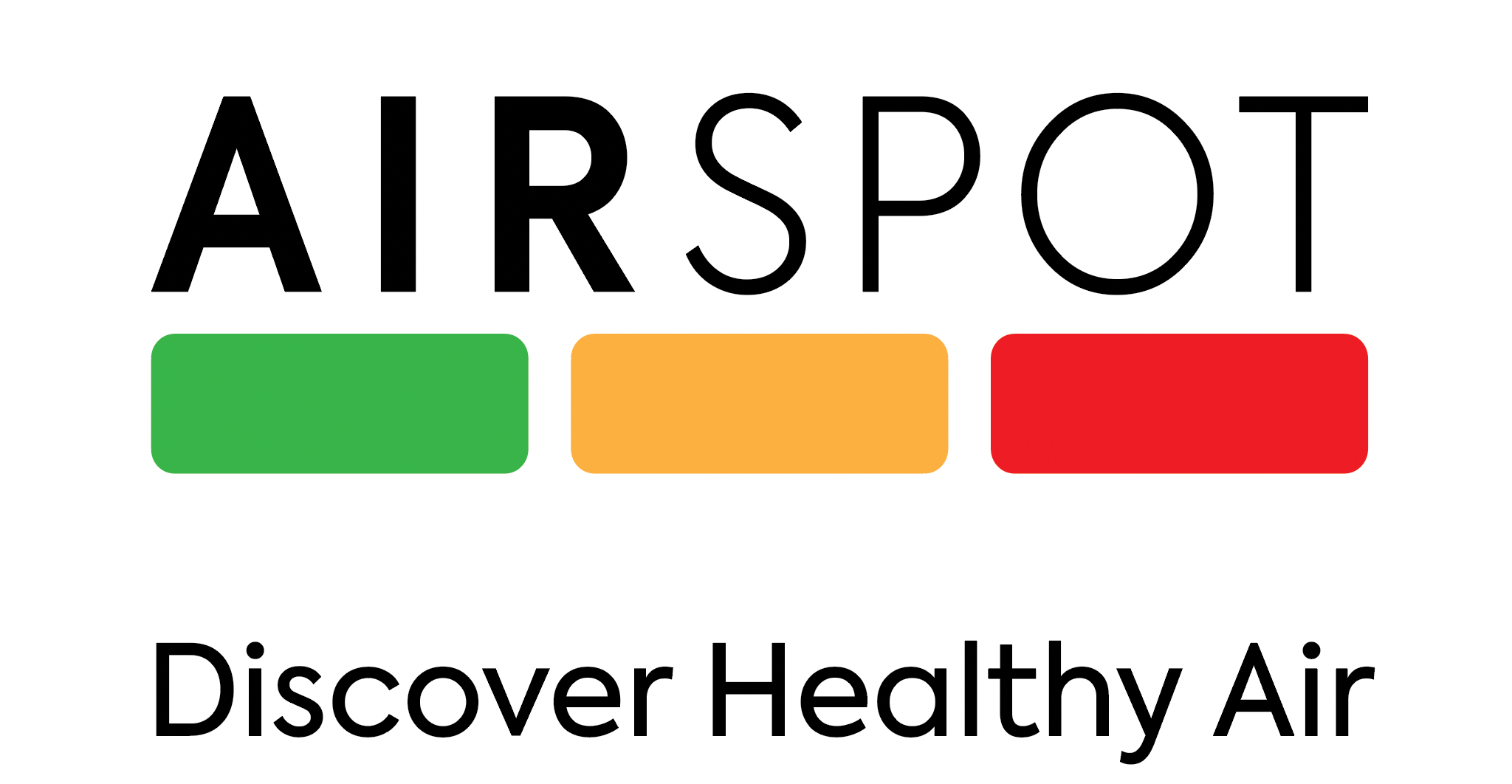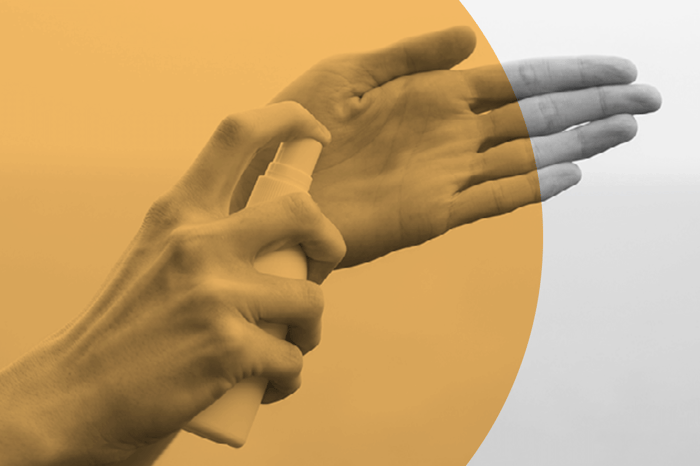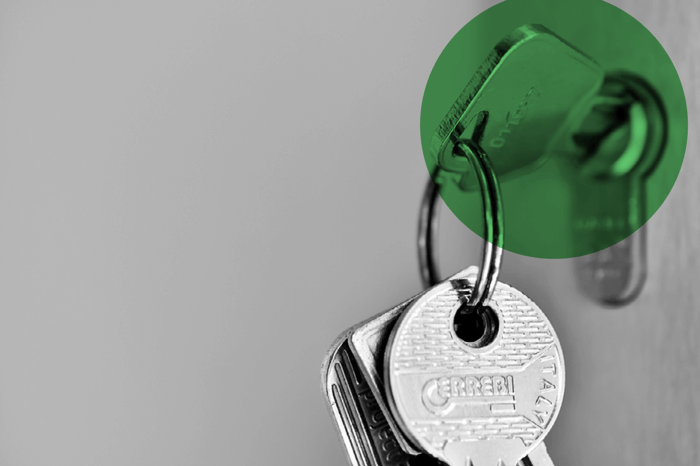CO2 + HEPA = ?
Carbon dioxide (CO2) levels are a valuable proxy measurement for understanding the level of rebreathed air in an indoor space. Understanding the relationship between CO2 and rebreathed air, and what to do next, is an important concept in AirHealth.
CO2 acts as a telltale sign of how effectively fresh outdoor air is being exchanged with indoor air. As individuals exhale, they release CO2 into the environment. Inadequate ventilation allows CO2 levels to climb, indicating the accumulation of not just CO2 but also the potential accumulation of airborne viruses. This creates an environment conducive to the spread of airborne viruses, like colds but also more serious illnesses like the flu, chicken pox, measles and COVID-19 - which can linger in the air for hours.
Enter the HEPA filter
High Efficiency Particulate Air (HEPA) filters have been used as a defense against airborne viruses in many indoor environments, from hospitals and schools to offices and even home settings. So, turning the HEPA filter on should drive the CO2 levels down, right? Well, no.
HEPA filters can effectively trap viruses, but they do not influence CO2 levels. The distinction lies in their size. Viruses are microscopic particles, while CO2 molecules are much smaller and cannot be filtered out of the air using a HEPA filter.
Improving ventilation, diluting the rebreathed air with fresh air, will bring down the CO2 levels.
While HEPA filters reduce the risk of virus transmission by filtering out contagious particles, adding improved ventilation leads to optimal indoor AirHealth. As we continue to adapt to a world where airborne viruses pose a real threat, understanding the interplay between CO2, rebreathed air, and HEPA filters arms us with the tools to create safer indoor environments for all.
Know more about AirHealth here.





